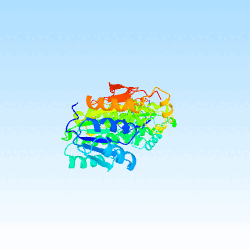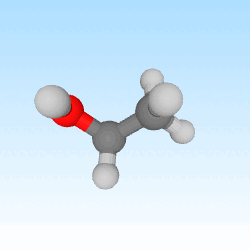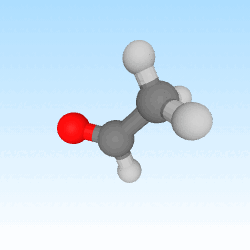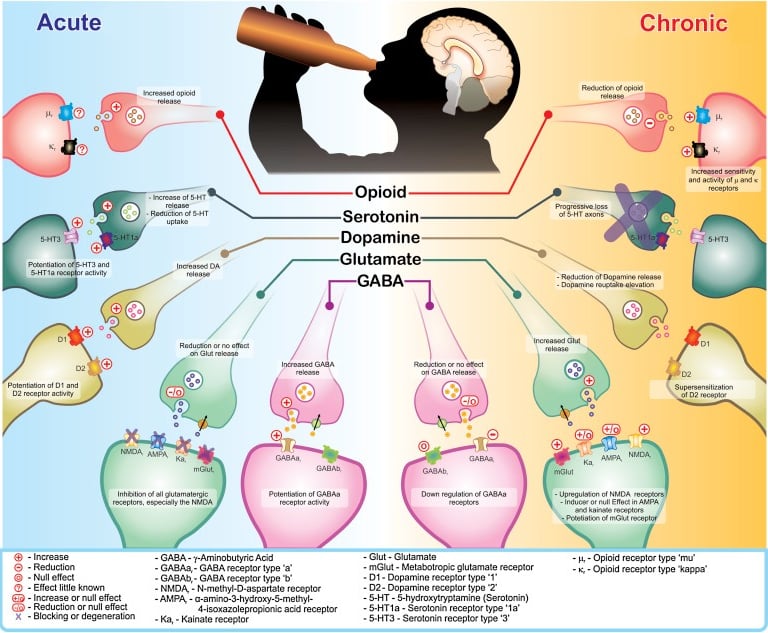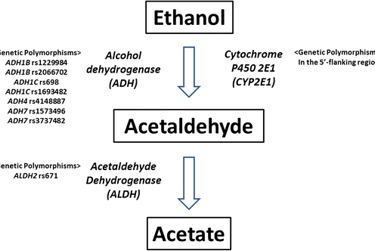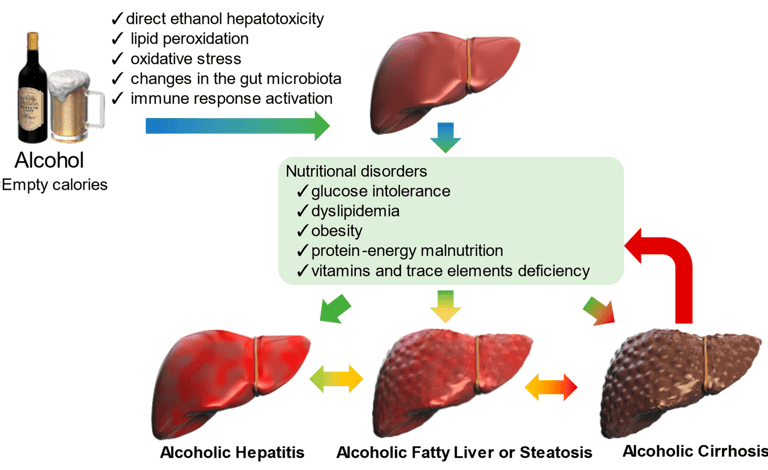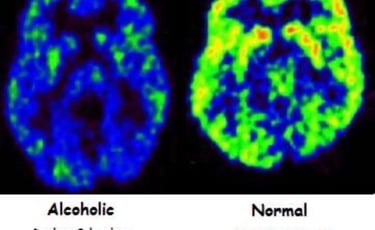The Science of Drinking Alcohol: A Chemical and Biological Perspective
3/8/20254 min read


Introduction
Alcohol consumption is a widespread social and cultural practice, yet its effects on the human body are deeply rooted in complex biochemical and physiological processes. Understanding the metabolism of ethanol (C₂H₅OH) requires a multidisciplinary approach encompassing organic chemistry, enzymology, neuroscience, and toxicology. This blog explores the intricate pathways of alcohol metabolism, its systemic effects on the body, and the long-term consequences of excessive consumption.
1. Absorption and Distribution of Ethanol
Upon drinking, ethanol follows a rapid absorption, distribution, metabolism, and elimination (ADME) pathway:
1.1 Absorption in the Digestive System
Ethanol is a small, polar molecule that diffuses passively through biological membranes.
20% of ethanol absorption occurs in the stomach, while 80% is absorbed in the small intestine, where a larger surface area facilitates rapid diffusion into the bloodstream.
Factors affecting absorption include food intake (which slows absorption), alcohol concentration, and individual metabolic rates.
1.2 Distribution via Bloodstream
Ethanol readily dissolves in water but not fat, meaning it distributes throughout the body's aqueous compartments.
The blood-alcohol concentration (BAC) depends on body weight, sex, metabolism, and hydration levels.
The molecule can cross the blood-brain barrier (BBB), affecting the central nervous system within minutes.
📌 Suggested Image: A diagram illustrating the absorption of ethanol in the stomach and intestines, showing its diffusion into the bloodstream.
2. Biochemical Metabolism of Ethanol
The liver is the primary organ responsible for alcohol metabolism, where enzymatic oxidation converts ethanol into less toxic compounds. This occurs through a two-step process involving alcohol dehydrogenase (ADH) and aldehyde dehydrogenase (ALDH).
2.1 Step 1: Oxidation of Ethanol to Acetaldehyde
Enzyme: Alcohol Dehydrogenase (ADH)
Chemical Reaction:
C2H5OH + NAD+ → CH3CHO (Acetaldehyde) + NADH + H+
Significance: Acetaldehyde is a highly reactive and toxic intermediate, contributing to hangovers, liver damage, and carcinogenic effects.
2.2 Step 2: Conversion of Acetaldehyde to Acetate
Enzyme: Aldehyde Dehydrogenase (ALDH)
Chemical Reaction:
CH3CHO + NAD+ + H2O → CH3COO− (Acetate) + NADH + H+
Significance: Acetate is a relatively harmless compound that enters the Krebs cycle (TCA cycle) and is further metabolized into carbon dioxide (CO₂) and water.
2.3 Role of the Cytochrome P450 System (CYP2E1)
In chronic drinkers, an alternative pathway involving cytochrome P450 2E1 (CYP2E1) becomes active.
This pathway generates reactive oxygen species (ROS), contributing to oxidative stress and liver damage.
3. Effects on the Brain and Nervous System
Ethanol exerts its psychoactive effects primarily by interacting with neurotransmitter systems in the brain.
3.1 GABAergic and Glutamatergic Modulation
Ethanol enhances GABAergic signaling by acting on gamma-aminobutyric acid (GABA-A) receptors, leading to sedation, relaxation, and impaired motor function.
Simultaneously, it inhibits glutamate receptors (NMDA subtype), reducing excitatory neural activity, which contributes to memory loss and cognitive impairment.
3.2 Dopaminergic Reward System
Ethanol stimulates dopamine release in the mesolimbic pathway (nucleus accumbens and ventral tegmental area), reinforcing pleasurable sensations.
This mechanism underlies alcohol addiction and dependency.
4. Physiological Consequences of Alcohol Consumption
4.1 Liver Damage and Fatty Liver Disease
High NADH/NAD⁺ ratios from alcohol metabolism impair fat oxidation, leading to fat accumulation in liver cells (hepatic steatosis).
Chronic alcohol exposure results in alcoholic hepatitis, fibrosis, and cirrhosis.
4.2 Alcohol-Induced Dehydration and Hangover
Ethanol inhibits antidiuretic hormone (ADH), leading to excessive urination and dehydration.
Acetaldehyde accumulation contributes to nausea, headaches, and malaise.
4.3 Impact on the Cardiovascular System
Moderate consumption may have cardioprotective effects by increasing high-density lipoprotein (HDL) cholesterol.
However, excessive alcohol intake leads to hypertension, arrhythmias, and cardiomyopathy.
5. Long-Term Effects and Alcohol Addiction
Chronic alcohol consumption alters gene expression and neuroplasticity, contributing to dependence and withdrawal symptoms.
5.1 Epigenetic Modifications
Ethanol alters DNA methylation and histone acetylation, modifying gene expression in brain regions associated with addiction and memory.
5.2 Neurological Degeneration
Prolonged alcohol use damages white matter integrity, increasing the risk of dementia and cognitive decline.
Deficiency in thiamine (Vitamin B1) due to alcohol abuse causes Wernicke-Korsakoff syndrome, characterized by memory loss and confusion.
Conclusion: Scientific Insights for Responsible Consumption
The metabolism of alcohol is a complex interplay of chemical reactions and biological effects that influence the nervous, hepatic, and cardiovascular systems. While moderate consumption may have certain benefits, excessive intake leads to irreversible organ damage, addiction, and neurological impairments. Understanding the scientific mechanisms behind alcohol metabolism can guide informed choices and responsible drinking habits.
References and Further Reading
